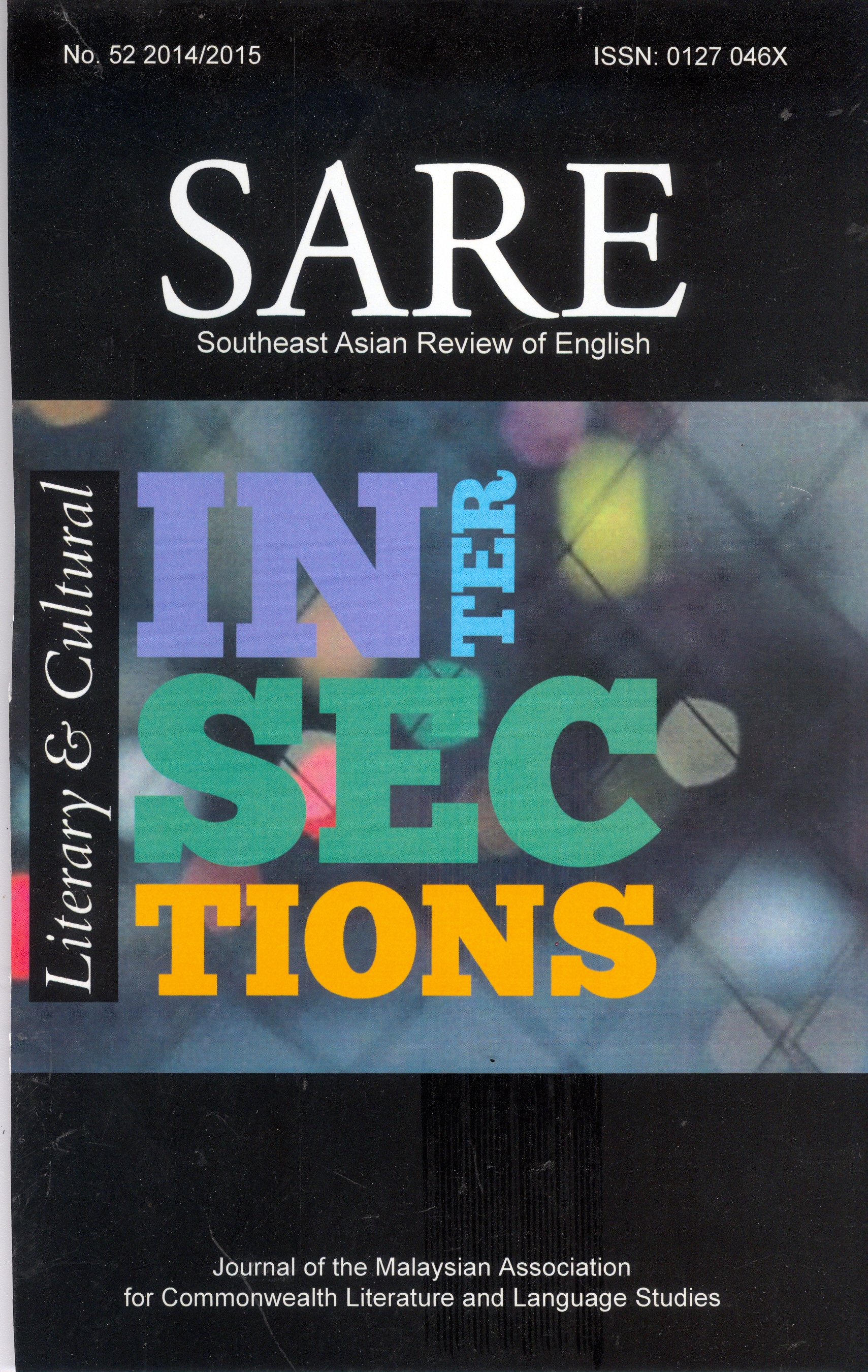Letitia E. Landon and Isabella Bird: Female Perspectives of Asia in the Victorian Text
Main Article Content
Abstract
British representations of Asia became an increasingly common cultural and literary phenomenon in the nineteenth century, with works of fiction and non-fiction replete with various depictions of life in the East flooding the literary marketplace. With Romantic Orientalism firmly established as a literary trope, the exoticism of the East proved highly attractive as a source of inspiration for male poets such as Lord Byron, Robert Southey, and Thomas Moore, and many eagerly took up Byron's advice to 'stick to the East [as] the public are orientalizing.' British colonial expansion in countries like India, China and Malaya in the second half of the nineteenth century especially resulted in a rise in the number of female travellers and expatriates tapping into this lucrative market for Orientalist fiction and non-fiction, providing their own accounts of Eastern landscapes, cultures, and peoples that rivalled those of earlier, predominantly male. voices. This essay examines the depictions of Asia in the writings of two prominent Victorian female authors, the poet and short story writer, Letitia Elizabeth Landon (more popularly known as LEL), who published in the 1830s, and Isabella Bird, the famed explorer and first woman fellow of the Royal Geographical Society, who published from 1856 until 1901. My discussion will juxtapose Landon's portrayal of China and Malaya in two poems, namely 'Macao' (1833) and 'Pulo Penang' (1836), with Bird's accounts of China and Malaya in her travelogue The Golden Chersonese and the Way Thither (1883).
Downloads
Article Details
Copyrights of all materials published in SARE are retained by the authors. Authors may republish their work or grant others permission to republish it. We would be grateful if republication is accompanied by an acknowledgment that the work was originally published in SARE.
